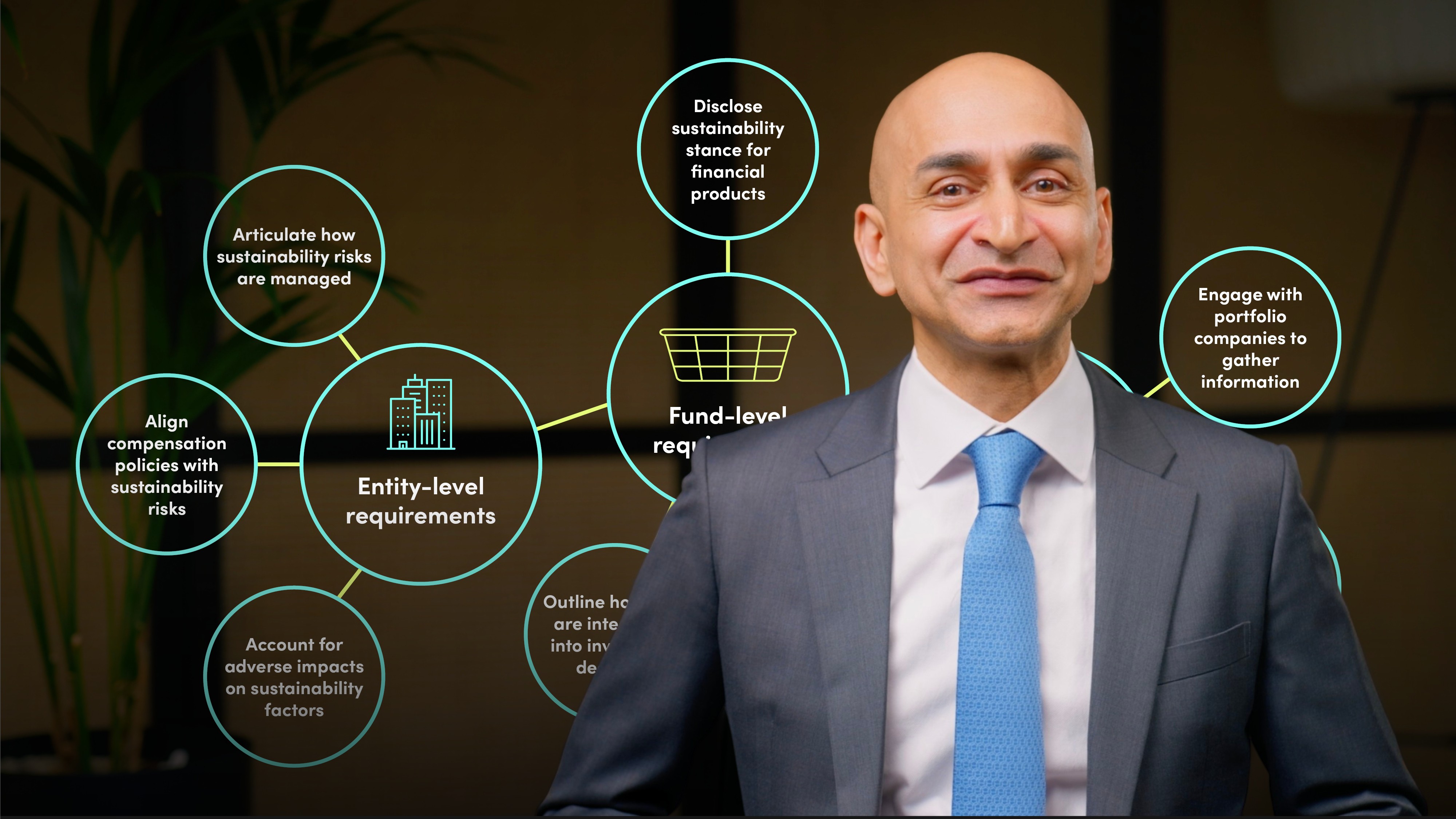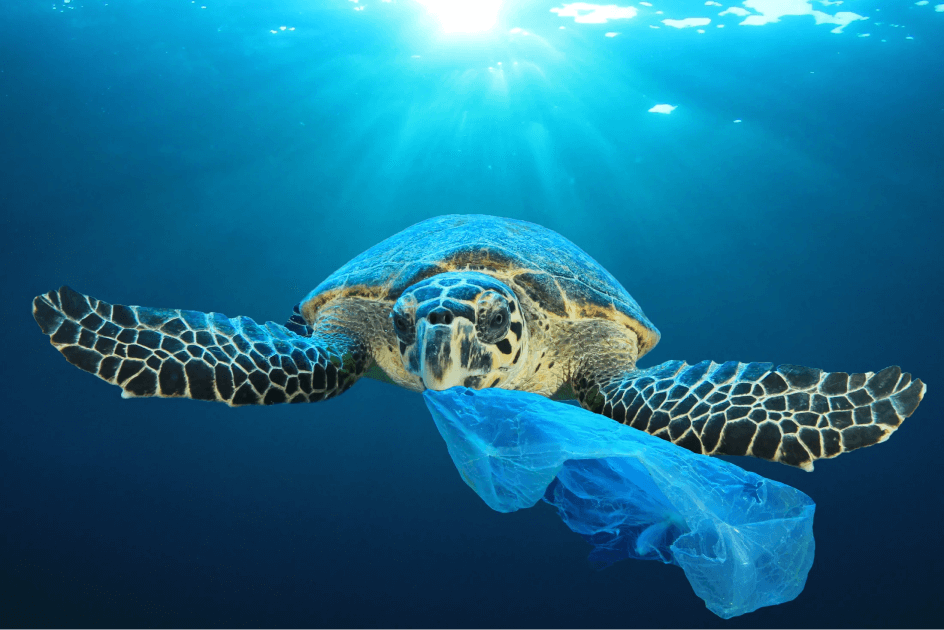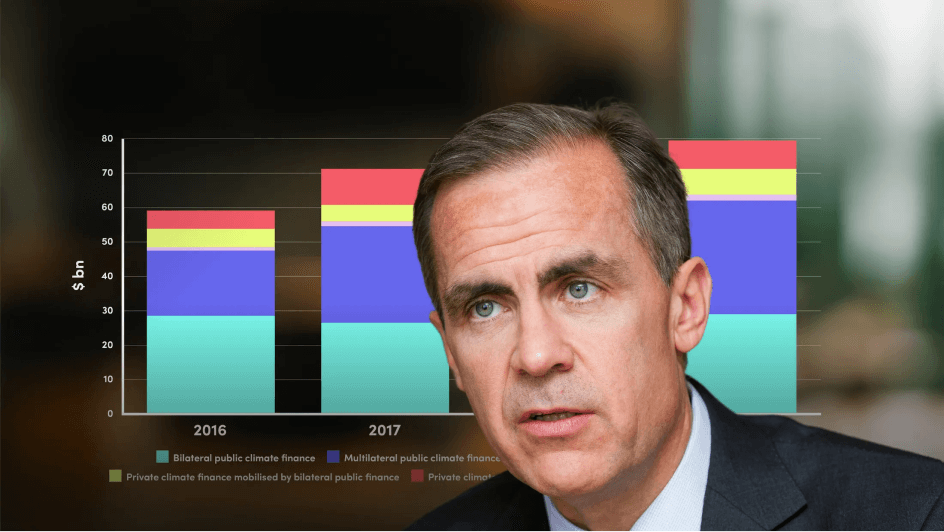
How the EU Is Regulating Sustainable Investing

Arun Kelshiker
20 years: Asset management and stewardship
In this video, Arun breaks down the EU’s Sustainable Finance Disclosure Regulation (SFDR) and explains how it promotes transparency and accountability in sustainable investing. He explores how the SFDR works alongside the EU Taxonomy to define what counts as environmentally sustainable, and walks through the key differences between Articles 6, 8, and 9 financial products. He also sheds light on how the regulation combats greenwashing by requiring financial institutions to disclose sustainability risks and impacts at multiple levels.
In this video, Arun breaks down the EU’s Sustainable Finance Disclosure Regulation (SFDR) and explains how it promotes transparency and accountability in sustainable investing. He explores how the SFDR works alongside the EU Taxonomy to define what counts as environmentally sustainable, and walks through the key differences between Articles 6, 8, and 9 financial products. He also sheds light on how the regulation combats greenwashing by requiring financial institutions to disclose sustainability risks and impacts at multiple levels.
Subscribe to watch
Access this and all of the content on our platform by signing up for a 7-day free trial.

How the EU Is Regulating Sustainable Investing
9 mins 27 secs
Key learning objectives:
Understand the purpose and scope of the Sustainable Finance Disclosure Regulation (SFDR)
Outline the role of the EU Taxonomy in defining environmentally sustainable economic activities
Identify the categories of financial products under SFDR and their corresponding disclosure requirements
Understand how SFDR addresses greenwashing and promotes transparency in sustainable investing
Overview:
Subscribe to watch
Access this and all of the content on our platform by signing up for a 7-day free trial.
- Article 6 funds are general investment products that do not integrate sustainability considerations, allowing investments in industries like tobacco or coal
- Article 8 funds (light green) promote environmental or social attributes but may not explicitly target sustainable outcomes
- Article 9 funds (dark green) focus solely on sustainable investments with a clearly defined objective, such as renewable energy
Subscribe to watch
Access this and all of the content on our platform by signing up for a 7-day free trial.

Arun Kelshiker
There are no available Videos from "Arun Kelshiker"





























